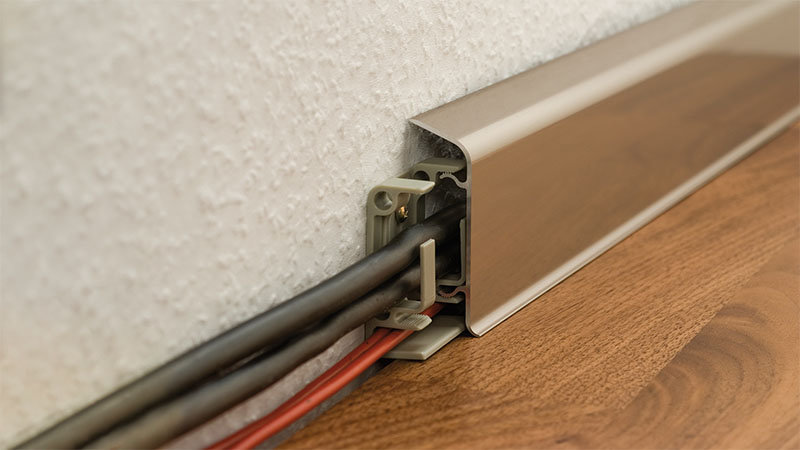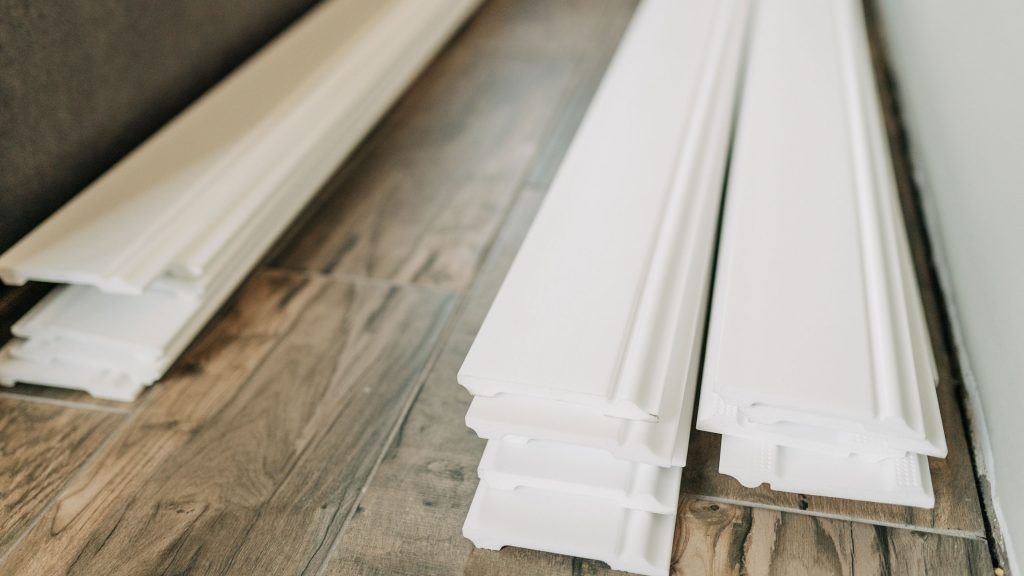If you’re looking for a way to hide the cables that are attached to your television, computer, and entertainment system, rebated skirting boards are an effective option. A rebated skirting board is a section of wallboard that features a recessed channel.

These channels allow you to run wires through them without sacrificing much space in your room – perfect for small walls or areas between studs where extra depth is needed. Rebated skirting boards can be purchased from home improvement stores as well as online retailers. They come in many different sizes to fit any room or space requirement.
Tidy Your Cables With Rebated Skirting Boards
Cables are a real eyesore, but there are ways to hide them. Rebated skirting boards are one of the most common methods for hiding cables and other things you want to keep out of sight. They’re easy to install, come in many different styles and sizes, and make for a tidy look that will last for years.
What Is A Rebated Skirting Board?
Rebated skirting boards are a type of wall decoration used to hide cables. They can also be used as an alternative to traditional skirting boards, which are generally made from wood and painted in a range of colors.
Rebated skirting boards are usually made from the same material as the rest of your walls (for example plasterboard), so they blend seamlessly with the rest of the room’s decor. They’re also easy to install and require little maintenance once they’re up!
Installing The Rebated Skirting Board
If you’re installing the skirting boards and cables to hide behind your walls, you’ll need to do some prep work.
• The first step is to cut the skirting board down to size. This can be done with a circular saw or jigsaw (jigsaw blades are more likely to leave marks on softwood).
• Next, prepare both surfaces by applying adhesive evenly across them with a paintbrush or roller. Make sure there are no gaps between boards when laying them out on the floor – this will make it easier for them all to be flush when they’re pressed into place later on!
• Once everything has dried overnight (or longer if necessary), apply glue onto each piece of skirting boards and cables before pressing into place against another piece already attached at right angles along one edge only.
Conclusion
Remember that there are many different types of skirting boards available, so it’s worth doing some research before buying one so that it fits in with the style of your home. You can also consider hiring an electrician who will be able to install proper conduit pipes underneath the ground which will provide ample space for cables running through walls or floors without affecting their appearance too much



